Sustainability Initiatives
Sustainability initiatives are becoming a driving force within the Cap Liner Market. As consumers become more environmentally conscious, there is a growing demand for eco-friendly packaging solutions. Manufacturers are responding by developing cap liners made from biodegradable or recyclable materials. This shift not only aligns with consumer preferences but also addresses regulatory pressures for sustainable practices. Recent market analysis suggests that the eco-friendly packaging segment is expected to witness a growth rate of around 6% over the next few years. By adopting sustainable practices, companies in the Cap Liner Market can enhance their brand image and appeal to a broader customer base, potentially leading to increased market share.
Growth of the Beverage Industry
The Cap Liner Market is poised for growth, largely driven by the expansion of the beverage industry. With the increasing consumption of bottled drinks, including soft drinks, juices, and alcoholic beverages, the demand for effective cap liners is on the rise. Recent statistics indicate that the beverage sector is expected to grow at a rate of 4.5% annually, which directly correlates with the need for high-quality cap liners that ensure product integrity and shelf life. This growth presents opportunities for manufacturers to innovate and offer specialized liners that cater to the unique requirements of various beverage types, thereby enhancing their competitive edge in the Cap Liner Market.
Rising Demand for Convenience Packaging
The Cap Liner Market experiences a notable increase in demand for convenience packaging solutions. As consumers prioritize ease of use and portability, manufacturers are adapting their products to meet these preferences. This trend is particularly evident in sectors such as food and beverage, where ready-to-eat meals and single-serve packages are gaining traction. According to recent data, the convenience packaging segment is projected to grow at a compound annual growth rate of approximately 5.2% over the next five years. This shift towards convenience is likely to drive innovation within the Cap Liner Market, as companies seek to develop liners that enhance product accessibility while maintaining quality and freshness.
Regulatory Compliance and Safety Standards
The Cap Liner Market is significantly influenced by stringent regulatory compliance and safety standards. Governments and health organizations are increasingly emphasizing the importance of safe packaging materials, particularly in sectors such as pharmaceuticals and food. Compliance with regulations such as the FDA guidelines in the United States and similar standards in other regions is essential for manufacturers. This focus on safety not only ensures consumer protection but also drives innovation in the development of safer, more effective cap liners. As a result, companies are investing in research and development to create materials that meet these evolving standards, which could potentially enhance their market position within the Cap Liner Market.
Technological Innovations in Material Science
Technological innovations in material science are reshaping the Cap Liner Market. Advances in polymer technology and material formulations are enabling the development of cap liners that offer superior performance characteristics, such as enhanced barrier properties and improved sealing capabilities. These innovations are crucial for industries that require long shelf life and product protection, such as food and pharmaceuticals. Recent developments indicate that the market for advanced materials is expected to grow at a rate of 5.8% annually, driven by the need for high-performance packaging solutions. As manufacturers continue to invest in research and development, the Cap Liner Market is likely to see a surge in innovative products that meet the evolving demands of various sectors.


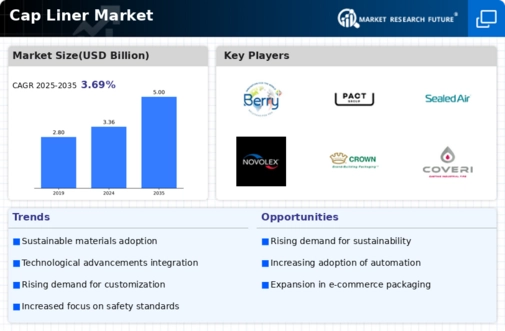
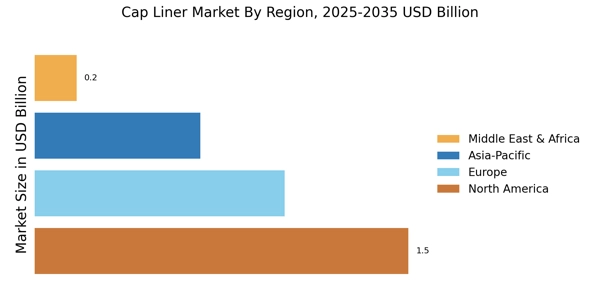

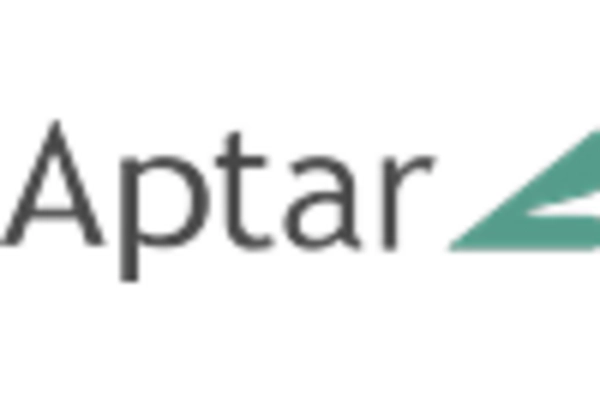
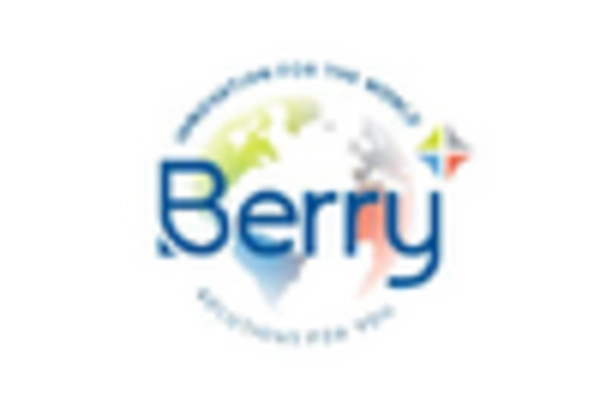
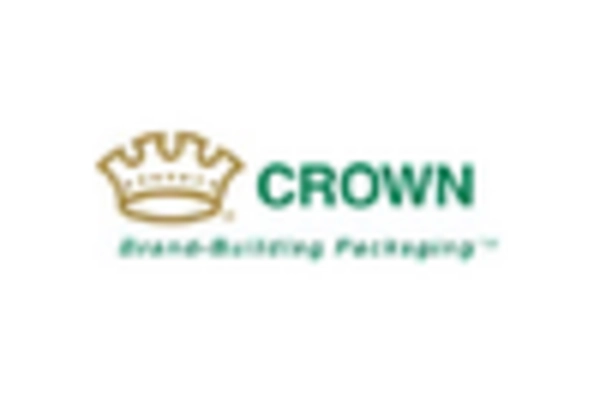

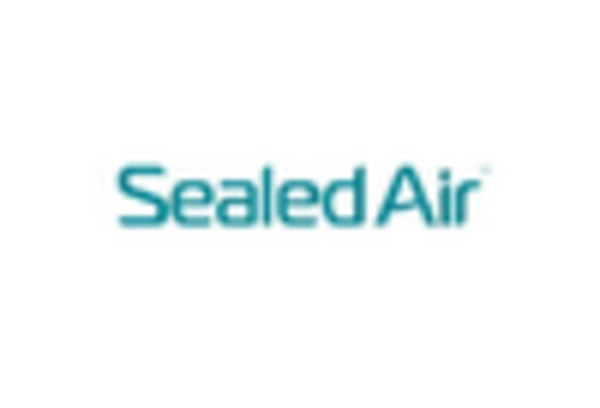








Leave a Comment